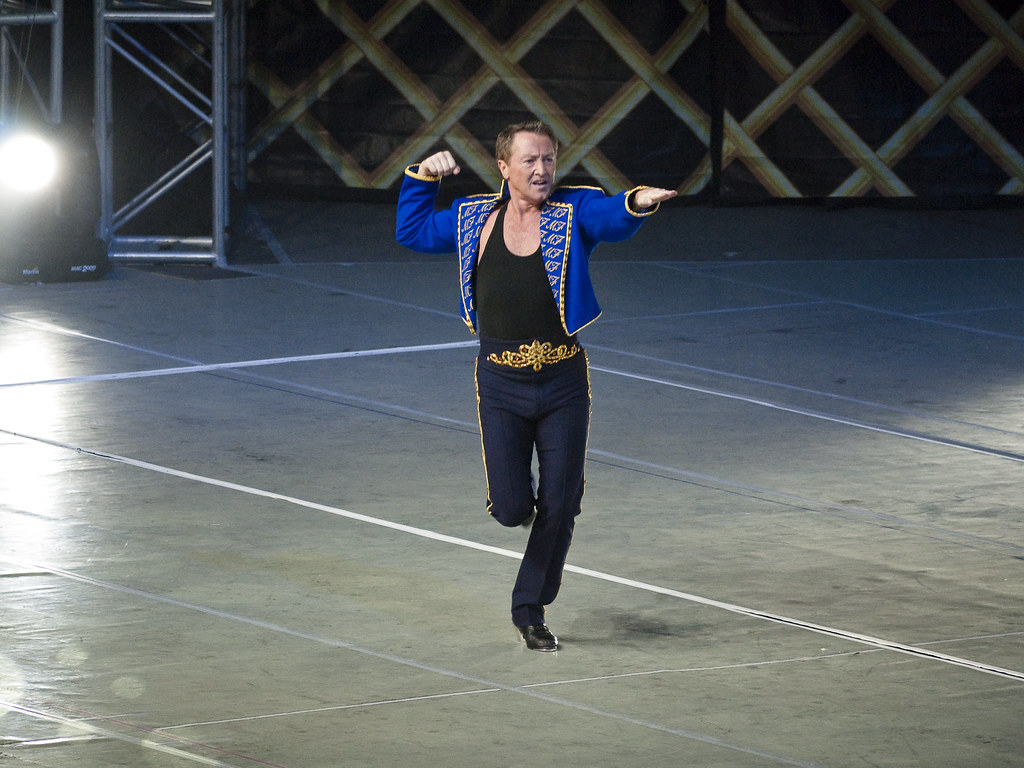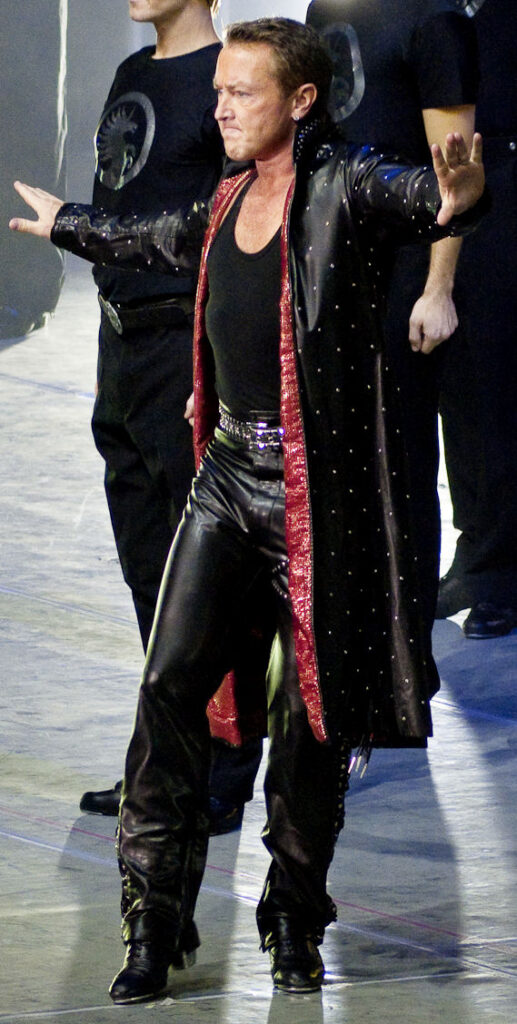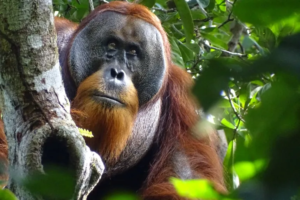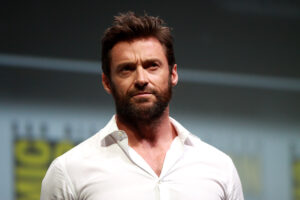In 1994, while Bill Clinton held the US presidency and the Spice Girls were just forming, Brazil was dominating the World Cup. But there was another winning streak happening in Ireland – not on the football field, but at the Eurovision Song Contest.

Here is full Summary to read of Michael Flatley Disgracing Irish Dance
- Impact of Riverdance: Riverdance, debuted during the 1994 Eurovision Song Contest, transformed Irish dancing, blending tradition with modern influences and captivating global audiences.
- Michael Flatley’s Journey: Michael Flatley’s pioneering choreography and performances in Riverdance and Lord of the Dance revolutionized Irish dancing, inspiring a new generation of dancers worldwide.
- Challenges and Triumphs: Flatley’s journey from construction worker to dance icon wasn’t without challenges, including bullying and health issues, but his perseverance and talent propelled him to success.
- Legacy and Inspiration: Flatley’s influence extends beyond his performances; he has inspired countless dancers, both professionally and through social media platforms like Instagram and TikTok.
- Continued Impact: Irish dancing continues to flourish internationally, with schools thriving on every continent except Antarctica, and Flatley’s legacy remains a beacon of inspiration for aspiring dancers everywhere.
In 1994, while Bill Clinton held the US presidency and the Spice Girls were just forming, Brazil was dominating the World Cup. But there was another winning streak happening in Ireland – not on the football field, but at the Eurovision Song Contest.
Dublin was hosting the annual event, and once again, Ireland clinched victory. However, it wasn’t just the singing that stole the show. During the interval, a mesmerizing performance called Riverdance took the stage, featuring a then-unknown dancer named Michael Flatley.

“That night brings back a flood of memories,” he shares with BBC News. “It was a truly unforgettable evening, incredibly special.”
Our conversation revolves around the 30-year milestone since that groundbreaking performance and its profound impact on both his life and the realm of Irish dancing.
Before that pivotal night, Irish dancing was deeply rooted in tradition, governed by strict norms. One such rule dictated that dancers maintain a stiff upper body and keep their arms firmly at their sides.
Flatley reminisces about his childhood dance instructor, who once bound his arms together with a belt, an experience that fueled his determination to dance freely.
So, when he took the stage that evening, arms aloft, it was a revolutionary sight, breaking boundaries and reshaping perceptions of Irish dance.
It was Irish dancing, infused with elements of ballet, flamenco, and the elegance of Fred Astaire.
At 65, Flatley reflects on choreographing the routine, revealing a surprising twist in its inception.
“I’ve never mentioned this before,” he confides. “Just before stepping onto the stage, they approached me backstage and pleaded: ‘Please, we’re receiving calls from dance teachers everywhere. Please refrain from waving your arms around. You’ll make us seem absurd on the world stage. Can you promise to keep your arms down this time?'”
“And I simply said no.”

Flatley’s intuition proved correct, as his collaboration with Jean Butler and numerous other dancers stole the spotlight that night.
Following the performance, the host broadcaster RTÉ was inundated with calls from viewers eager to purchase recordings and secure tickets to their shows.
Even the BBC’s Sir Terry Wogan, providing commentary for the UK audience, exclaimed, “Good grief. Every Irishman’s neck must be tingling.”
Riverdance had transformed the perception of Irish dancing, infusing it with newfound coolness and allure.
The genesis of dance steps born amidst construction sites was a particularly poignant triumph for Flatley, resonating deeply with his past as a builder in the US.
“We absolutely nailed it, it was a dream come true,” he reminisces. “During those frigid Chicago winters, while toiling away on construction sites and digging foundations, I’d be crafting those steps in my mind, infused with my dance style. That mental escape sustained me through the tough, laborious work.”
I inquire whether he ever shared his artistic aspirations with his fellow construction workers.
“Absolutely not!” he chuckles. “Imagine telling those burly guys that I was daydreaming about dancing. Probably not the best idea.”
While Riverdance dazzled audiences at Eurovision, Flatley reveals the challenges he faced growing up with a passion for dance.
“I endured severe bullying at school, so I understand the struggles young lads face. It’s tough, mentally draining, walking into school each day hoping to avoid negativity,” he reflects.
Following its Eurovision debut, Riverdance swiftly evolved into a captivating arena tour. Years later, Michael Flatley pioneered his own production, Lord of the Dance.
Both shows achieved remarkable global success. Riverdance boasts an audience of 30 million, while Lord of the Dance claims an impressive 60 million viewers.
Flatley’s renowned agility even led to his legs being insured for £25 million by Lloyds of London.
Reflecting on his career, Flatley expresses hope that his journey has eased the path for boys aspiring to dance: “If you observe our dancers in Lord of the Dance today, you’ll notice their formidable physique. They’ve elevated the art form to new heights.”
Irish dancing has emerged as one of Ireland’s most triumphant exports, with schools flourishing on every continent except Antarctica.
Despite facing adversity, dancers in Odessa, Ukraine, persist in their practice, even amidst bombings and electricity blackouts, as recounted by one teacher to the BBC.
Irish dancers are also leaving their mark on social media platforms like Instagram and TikTok. The Gardiner Brothers boast over a million followers, while Caidre have graced The White House with their performances.
In a fashion reminiscent of Michael Flatley, these dancers blend traditional and modern steps, often choreographing to contemporary music. Their videos feature tracks by artists ranging from Megan Thee Stallion and AC/DC to Usher and, of course, Taylor Swift.
This new wave of dancers attributes their inspiration to Michael Flatley.
We accompanied Michael as he visited young dance enthusiasts at Cabe Academy in Castleknock, County Dublin.
“He embodies Irish dancing,” one girl remarks, while another adds, “Meeting him was incredible; we all admire him.”
Many aspire to pursue professional dancing careers.
David McCabe, who co-directs the studio with his wife Ailsing, reveals that as a young boy, he kept his Irish dancing hobby private until after the iconic Riverdance performance in 1994.
He expresses, “Watching Michael Flatley perform was simply awe-inspiring. It was a pivotal moment; I instantly knew that’s what I wanted to dedicate my life to.”
Both David and Aisling McCabe were part of Lord of the Dance, further cementing their connection to Flatley’s legacy.
Michael Flatley retired from performing in 2016 and has faced health challenges, including cancer battles in recent years.
Reflecting on that fateful night at Eurovision, which reshaped Irish dancing and his destiny, he shares, “Honestly, I’m grateful to still be here 30 years later. Given the pace I was living, I never imagined I’d make it this far.”
“That moment when Riverdance concluded, with that final step of the feet, even I was taken aback by the overwhelming response. It was truly a moment frozen in time, and we were immensely blessed to experience it.”





More Stories
NBA Playoff Recap: Mavericks Eliminate Clippers; Magic Extend Series to Game 7
New Movie Review: ‘The Idea of You’ – A Delightful Guilty Pleasure,2024
Groundbreaking: Orangutan Uses Medicinal Plant to Heal Wound – A World First